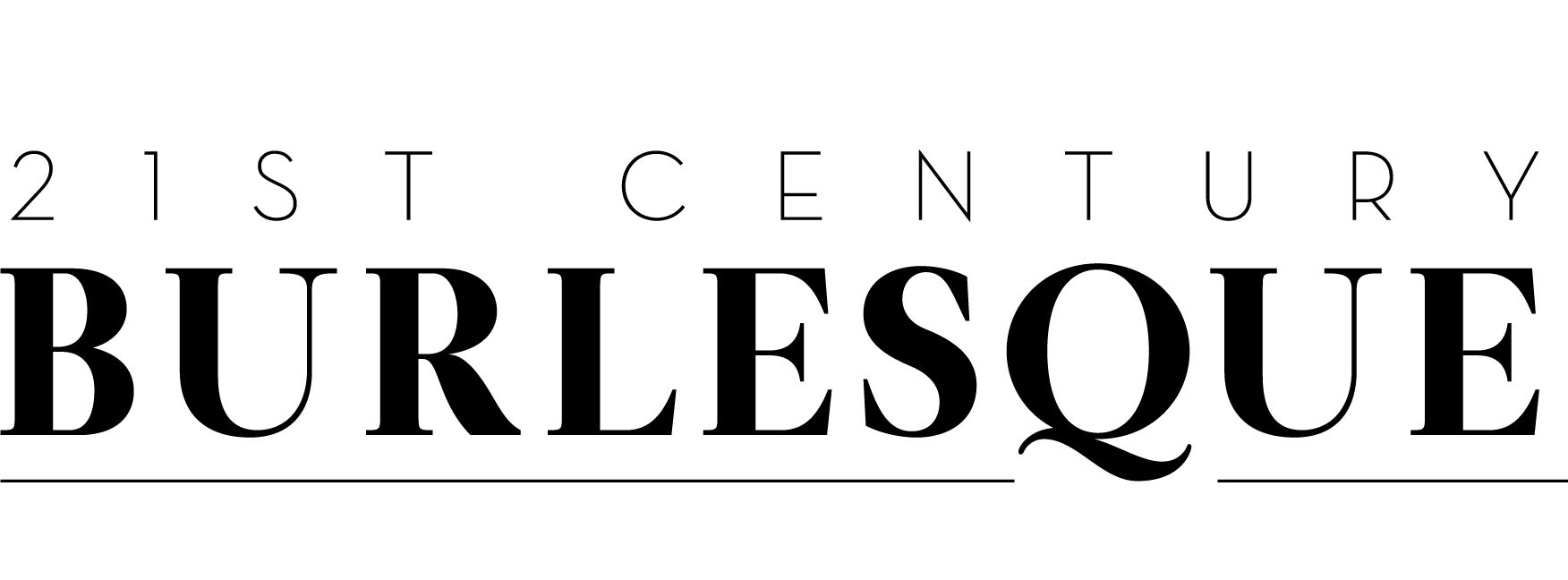House of Thee Unholy preview by Jessica Price. All photos by Christopher Nelson and Michael Doucett.
We haven’t heard much from producer Paula Now – formerly known as The Swedish Housewife – since she partnered with filmmaker Deirdre Timmons (A Wink and A Smile) for the deliciously visceral showcase KINGS: A Boylesque Extravaganza nearly a year ago. But when Paula feels a stirring to produce, she does so in a characteristically grand style, almost without regard for logistics or expense. When House of Thee Unholy returns to Seattle March 12 in its first staging since 2011, the rocklesque spectacular will run for ten shows (its most expansive yet) featuring 23 performers including an accomplished all-star band, three singers, and a mix of dancers, burlesque performers, choreographers, costumers, stage designers and theatrical performers. The result is a multidisciplinary kaleidoscopic dream of sex, drugs, and rock and roll. House of Thee Unholy isn’t your average night out.

The iconic rock and blues of the 70s present a particularly ripe playground for Paula literally and figuratively. “The music is based in blues, which I think is such a good pairing with burlesque,” Paula explained just before rehearsals began. Coordinating 23 people from varied performance backgrounds is a massive and collaborative undertaking. “Sarah Rudinoff and Jen Ayers have been so instrumental in helping to break things down for the musicians and the singers,” she explained of facilitating a common language between the two essential components of the show: musicians and dancers. “Waxie Moon was also instrumental in guiding us through some theatrical technique that improved the pre-existing acts.”

House of Thee Unholy presents a particular moment in time when our culture was riding the crest of a wave; a decadent, glittering era that appears so utopian because the perception was (at that moment, at least) that there were no consequences. Sex, drugs, and artistic expression were at an incredible zenith. “The 70s for me was a great topic to take on for this show. It was also the burgeoning of such an empowered time for women. I mean what was going on with women socially in the 70s, there was a lot of protest, there was a lot of conversation, there was a great feminist movement…so it made a lot a lot of sense to think about burlesque and put it into that time period. Culturally there was so much going on that was about changing the power dynamic…there were rebel rousers always in the 30s, 40s, and 50s but not like in the 70s. It was a much freer time for women.”

House of Thee Unholy is steeped in sexuality, and although paired with what one might historically consider very masculine rock and blues, the show unflinchingly puts women in positions of power and extreme physicality. Musicians and dancers together reach a crescendo, embodied in scenes such as Lily Verlaine’s stunning Hindu goddess. “Women have very powerful positions within the production. Women and men are very equal,” Paula said. “There’s a celebration of femininity and the feminine energy… Lily’s ability to do what she does [in that scene], her physicality is astounding.” A citrus-soaked duet between Inga Ingénue and Indigo Blue performing for and with each other also frames the eroticism in a way that feels very intimate, as if you’re spying on something through a keyhole and can’t quite look away.

And that’s just the women. House of Thee Unholy also engages in a very balanced, positive male sexuality and themes of self-exploration. “The 70s were a great time of androgyny; it was a time of mysterious gender. Waxie Moon wasn’t in the original production, but it made so much sense to include him in the orgy scene,” Paula said. “The 70s are such a great platform for looking also at what’s going on in our society today. We continually go in cycles, we’re in another era or another moment in time where we’re really exploring gender identity and sexuality and self-exploration and where it’s culturally ok to do that. It’s being played out on mainstream television, right, in Drag Race. Only a society that has some level of comfort with fluidity in gender roles is able to put that on mainstream media.”

Paula’s spent a great deal of time thinking about issues that are problematic in burlesque since she began producing and performing in the early 00s. Though the show isn’t without a sense of humor, it never places women in dumbed-down roles as playthings or accessories and is never “cute”…unless perhaps you consider the drones and Queen Bee, in costumes designed by Paula herself (they’re pretty cute).
“When I first did the show in 2008, the belief was that cell phones were creating a communication breakdown between bees and their queens,” Paula says of this particular act, which this year stars Jody Kuehner (Cherdonna & Lou) as The Queen Bee (a role formerly performed by Paula herself). The thought was that the signals emitted by cell phones were interrupting bee communication, causing drones to fly erratically and preventing them from finding their way home to their hives. Though science has since provided other possible explanations for the decline in the bee population, in today’s constant stream of excessive access and personal chatter made public, the disconnect is still relevant. “It absolutely is a commentary on the breakdown of humanity and nature. Bottom line, I’m an environmentalist,” Paula stated. “Of course parts of us show up in the things that we do, and that’s another part of me, the environmentalist, that shows up in House of Thee Unholy. As well as the feminist, and the person who wants equal representation of positive male role models, you know – the whole thing. In the words of Miss Astrid, ‘the fruit don’t fall far from the vagina.’”
House of Thee Unholy runs March 12-16 2014 at Seattle’s Triple Door. Click HERE for tickets.



